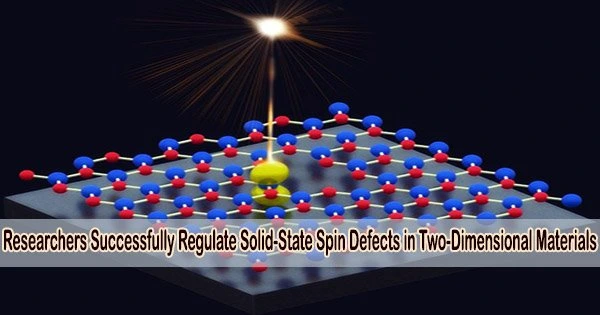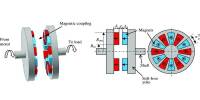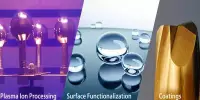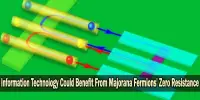With the help of the Wigner Research Centre for Physics, a team led by Prof. Guo Guangcan was able to control an ultrabright single spin coherently in hexagonal boron nitride (hBN) at room temperature and reveal a novel method for finding new spin defects.
The study was published in Nature Communications.
Quantum information is greatly influenced by solid-state spin defects, such as the nitrogen-vacancy (NV) core in diamonds, which has been used extensively in quantum networks and computing.
It is thought that the two-dimensional substance hBN makes an exceptional home for color-center spin defects. With their benefits in two-dimensional quantum devices and integrated quantum nanodevices, the spin defects in hBN have garnered a lot of attention.
Among the discovered spin defects in hBN, the negatively charged boron vacancy (VB-) defect is the most prevailing one. In earlier research, members of Prof. Guo’s team measured the temperature dependency based on the VB- defect and showed coherent dynamics of the multi-spin VB- center.
Due to the low-quantum efficiency of the VB- defect for the optical transition, they had trouble finding even a single one. Despite numerous reports of the VB- defect’s improved photoluminescence, it is still difficult to observe the coherent control of a single spin.
With the aid of capillary force, the researchers in this study were able to separate out distinct color centers from hBN powder samples. They made a 21-fold improvement over prior techniques by discovering a class of ultrabright single-spin color centers with an exceptional probability of 85%.
The largest fluorescence count of single spin color centers discovered in hBN to date was observed in the optical properties with considerable antibunching features and photon emissivity up to 25 MHz. They further captured its Rabi oscillation signal and conducted Hahn echo experiments.
A single-spin color center in hBN was handled for the first time at room temperature, marking a major development in the use of quantum information.
Additionally, the researchers completed the calculations from fundamental principles to define the structure of this color-center defect. The complex of carbon-oxygen dopants was discovered to be a potential source of these single-spin color-center defects, and the simulations of the CNCB3 model’s optically detected magnetic resonance (ODMR) spectra are in agreement with the experimental findings.
A quantum leap is made in the coherent management of an ultrabright single spin in hBN at room temperature, opening up the potential of addressing optically controllable spins.
















